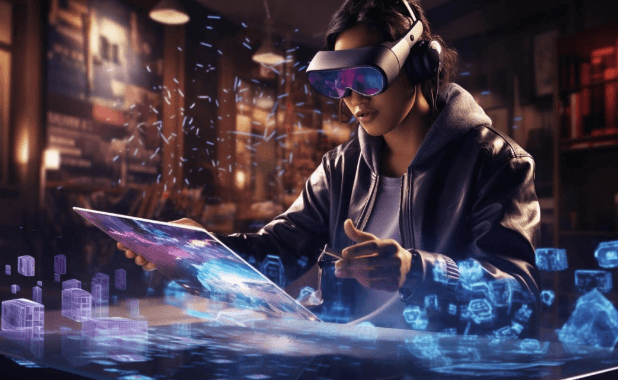Editing for Virtual Reality and 360-Degree Videos

The editing process for virtual reality and 360-degree videos introduces a distinct set of challenges and opportunities that fundamentally alter traditional storytelling approaches. By leveraging innovative techniques such as spatial audio and non-linear narrative structures, editors can create immersive experiences that invite viewers to engage actively with the content. As the landscape of digital media evolves, understanding the specialized tools and best practices for this medium becomes imperative. What strategies can truly elevate the viewer’s experience and ensure a seamless narrative flow in this interactive format?
Understanding VR and 360-Degree Formats
In the realm of immersive media, understanding virtual reality (VR) and 360-degree formats is crucial for effective storytelling.
VR storytelling creates immersive experiences by leveraging spatial audio and motion tracking to enhance viewer perspective. Content interactivity invites users to explore narratives, while a coherent narrative structure ensures visual continuity.
Mastering these elements enriches the storytelling experience, allowing audiences to engage freely and intuitively.
Key Editing Techniques for Immersion
Harnessing the power of editing techniques is essential for creating truly immersive VR experiences.
Employing spatial audio enhances the viewer’s sense of presence, enveloping them in a rich soundscape.
Seamless transitions guide the audience through the narrative, allowing them to explore freely without disruption.
Tools and Software for VR Editing
While the landscape of virtual reality editing continues to evolve, a variety of specialized tools and software have emerged to streamline the creative process.
These powerful editing software options enhance VR workflows, allowing creators to seamlessly integrate footage from 360 cameras.
The intuitive user interface provides freedom for innovative storytelling, enabling users to craft immersive experiences that captivate and engage audiences in dynamic ways.
Best Practices for Viewer Engagement
Engaging viewers in virtual reality requires a careful blend of immersive design and interactive storytelling techniques.
To enhance audience interaction, creators should craft experiences that empower users to explore their environment, making choices that influence the narrative.
Emphasizing narrative immersion allows for deeper emotional connections, fostering a sense of freedom and agency that keeps viewers captivated and invested in their virtual journey.
Conclusion
In conclusion, the editing of virtual reality and 360-degree videos necessitates a profound understanding of immersive techniques that transcend traditional storytelling. By embracing spatial audio, seamless transitions, and intuitive design, editors can create experiences that captivate and engage viewers in a manner akin to navigating the labyrinthine halls of an ancient Roman forum. This innovative approach not only enhances narrative flow but also empowers audiences, fostering emotional connections that resonate deeply within the ever-evolving landscape of digital media.






